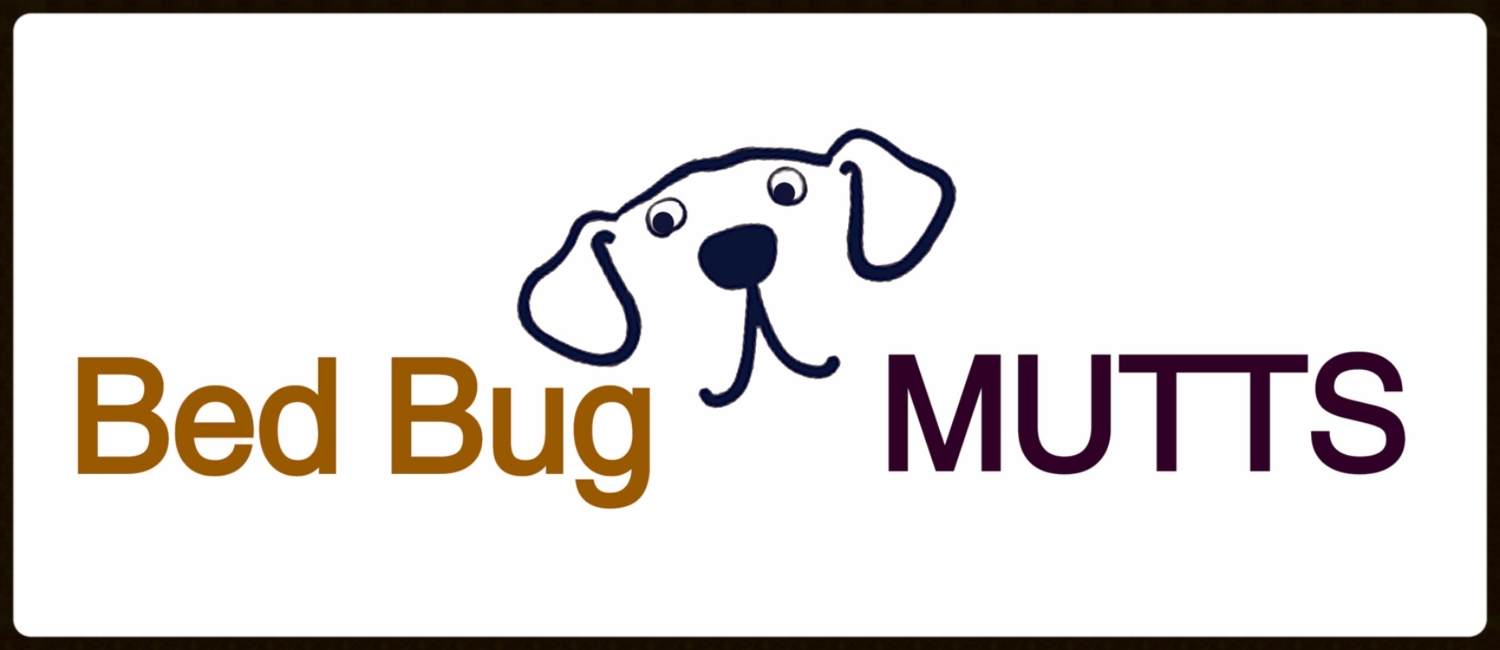News of potential bed bug traps have hit the newswires of late. The one receiving the most attention is a modern adaption of an ancient Balkan bed bug home remedy – kidney bean leaves. The second borrows inspiration from spider webs. Don’t get your hopes up though – both initiatives remain in the development phase and face challenges before production and distribution channels are filled and field trials prove product effectiveness.
Ancient Balkan Bed Bug Cure
A University of California Irvine press release reports Balkan folklore tells of spreading bean leaves under your bed before retiring. During the night, hungry bed bugs, attracted by your CO2 production and your body heat, become entrapped amongst the leaves. In the morning the leaves were burned along with the trapped bed bugs.
Thanks to science we have unlocked the secret of this particular home remedy. The bed bug’s tiny feet (tarsi) are impaled by microscopic hairs of the bean leaf. These hairs are called trichomes. Per the New York Times, Dr. Loudon, a member of the investigative team, observed this process with the aid of an electronic microscope and videography:
The foot comes down onto the surface, but as it’s lifting up, it’s catching on these hooks. The point is pointing down. So all of their legs get impaled. And as soon as one leg gets caught, they are rapidly moving legs around and try to get away on the surface. That’s when they get multiply impaled.
Modern Spider Web
A PR Newswire announced a second interpretation of an insect trap - a New York firm has developed:
a revolutionary new way to stop bedbugs…by using an artificial, micro-fiber spider web…utilizing micro-fibers 50 times thinner than human hair, Fibertrap entangles the bugs as they crawl trapping them in the man-made web.
A research team from Materials Science & Engineering Lab at SUNY Stony Brook University have assessed the patent-pending technology with live bed bugs. The following video exhibits the product does indeed trap live adult bed bugs.
Consider First …
These initiatives sound simple enough and aren’t we all looking for a simple bed bug cure? Before you run out and start cultivating bean plants or contemplate where to install pseudo spider webs, please consider the following points:
- Leaves quickly become brittle, rendering them ineffective.
- Leaves can only be deposited upon a horizontal surface.
- Bed bugs already ensconced in harbourages, e.g. in boxsprings, mattress seams or behind headboards, would not be snared.
- To date, synthetic efforts to replicate the bean leave success have fallen short, as man-made trichomes only temporarily immobilize bed bugs.
- Do not overlook the fact trapped bed bugs have the capacity to elicit a chemical alert, a pheromone, which sounds an alarm to their brethren; in effect, scattering bed bugs further afield making them harder to detect and eradicate.
- Bed bugs are very tactile – testing surfaces before wandering about. Both videos start with the pests already on the product, presumably they were placed there
- The video does not reveal that a bed bug would willingly walk into or onto these surfaces
- Nor do they show the traps effectiveness when it comes to snaring the very tiny bed bug nymph.
In time, with further product refinement, pseudo bean leaves or spider web traps could earn their way into the bed bug tool box – most likely best suited for high level infestation sites. Could these traps prove cost effective in low infestation cases or as an early warning system? Not likely. A Pro-Active Warning System of Education, Passive Monitoring and K9 Quality Control Checks are a better multi-step defense line against a bed bug invasion.



